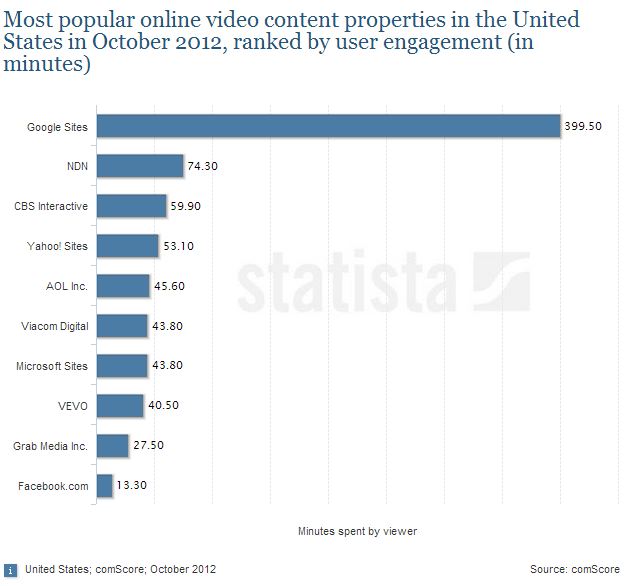By the broadest margin, 2019 was the best year of performance for the Mott Capital Thematic Growth Composite, which advanced by 35.85% (net of fees and transaction costs; individual account returns may vary).
The portfolio outperformed the S&P 500 Index gain of 28.88% excluding dividends, and easily beat the S&P 500 Total Return Index increase of 31.45% inclusive of dividends.
The S&P 500 also managed to exceed my target for 2019 of 3,200, finishing off on December 31 at 3,231. It was quite a year.

Quarterly Summary
Thematic Growth Composite Performance
| Thematic Growth Composite +35.85% | S&P 500 Total Return Index +31.45% | S&P 500 Index +28.88% |
Recession Fears
It became clear by the start of the fourth quarter that the overblown fairytale calling for a recession in 2019 had all but vanished.
Additionally, the Fed made life easier too, clearly signaling it was in no rush to take back any of its three interest rate cuts it made in 2019, reducing the fed funds rate from a range of 2.25 to 2.5% at the beginning of the year to a range of 1.5% to 1.75% by October.
Instead of tapping the brakes on growth with upwards rate tweaks, the Fed now seems poised to allow inflation to run above its symmetric 2% target.
Also, with the pending signing of a phase-one China trade deal on the table during the fourth quarter, there was nothing to hold the stock market back.
Takeaway
The equity market broke free of its 22 months of stagnation, essentially becoming unleashed from the fears that gripped it.
I continue to believe that stocks have further to rise in 2020, but the gains will not be as robust. Instead of entering a year trading at depressed and oversold prices, stocks entered 2020 trading at record highs and fairly valued levels so I don’t anticipate the same significant returns we witnessed in 2019.
However, I do believe that in this low-interest-rate environment, along with a positive technical setup and forecasts for substantial earnings growth, the S&P 500 can approach 3,600 in 2020, which is higher than my previous forecast for around 3,400 in my third quarter letter.
My new target number implies a gain of about 11.5% from the S&P 500’s level on December 31, 2019.
The Best and Worst for FQ’19 and FY’19
Best Performers/Worst Performers In 4Q’19
| Tesla (TSLA) +73.7% | Unilever (UL) -4.9% |
| Skyworks (SWKS) +52.5% | Cisco (CSCO) -2.9% |
| Apple (AAPL) +31.1% | Verizon (VZ) +1.7% |
| Splunk (SPLK) +27.1% | Diageo (DEO) +3.0% |
| Netflix (NFLX) +20.9% | Visa (V) +9.2% |
Best Performers/Worst Performers in 2019
| Acadia (ACAD) +164.6% | Cisco (CSCO) -4% |
| Apple (AAPL) +86.2% | Verizon (VZ) +9.2% |
| Skyworks (SWKS) +80.4% | Unilever (UL) +9.4% |
| NXP Semi (NXPI) +73.6% | Splunk (SPLK) +17.9% |
| Mastercard (MA) +58.3% | Diageo (DEO) +20.9% |
To read Mott’s Capital entire 4th quarter letter and individual stock recommendations, please click here.
Photo Credit: Pictures of Money via Flickr Creative Commons
Disclosure: Mott Capital Management, LLC is a registered investment adviser. Information presented is for educational purposes only and does not intend to make an offer or solicitation for the sale or purchase of any specific securities, investments, or investment strategies. Investments involve risk and unless otherwise stated, are not guaranteed. Be sure to first consult with a qualified financial adviser and/or tax professional before implementing any strategy discussed herein. Upon request, the advisor will provide a list of all recommendations made during the past twelve months. Past performance is not indicative of future performance.
Mott Capital Management, LLC (“Mott”) claims compliance with the Global Investment Performance Standards (GIPS®) and has prepared and presented this report in compliance with the GIPS standards. Mott has not been independently verified. The Thematic Growth Composite is a blend strategy of different market capitalizations, which is approximately divided equally among three sectors. The Core Growth sector includes large multi-national companies, the Growth Sector includes mid- to large-cap companies, and the Aggressive Growth sector includes small- to mid-cap companies. The strategy is concentrated, and typically includes approximately 20 positions, and 5% cash. The strategy only invests in stocks, ADRs, and ETFs denominated in USD. The All-Cap Growth Composite was created in June 2015. The S&P 500 is a free-float capitalization-weighted index of 500 large-cap common stocks actively traded in the United States. The index is shown as a general market indicator and may not reflect the same exposures as the composite. The investment management fee schedule for the composite is 2% on the first $250,000, 1.5% on the next $750,000, and 1.0% on the remainder. Actual investment advisory fees incurred by clients may vary. Further information regarding investment advisory fees is described in Part II of the firm’s Form ADV. Past performance is not indicative of future results. The U.S. Dollar is the currency used to express performance. Performance shown represents total returns that include income, realized and unrealized gains and losses. Net of fee performance was calculated using actual fees. Composite performance is presented net of foreign withholding taxes on dividends, interest income, and capital gains. Withholding taxes may vary according to the investor’s domicile. Policies for valuing portfolios, calculating performance, and preparing compliant presentations are available upon request. The annual composite dispersion presented is an asset-weighted standard deviation calculated using accounts in the composite the entire year. The 3-Year Standard Deviation represents the annualized standard deviation of actual composite and benchmark returns, using the rolling 36-months ended each year-end. The 3-Year ex-post Standard Deviation of composite and benchmark returns is not presented because the composite strategy has less than three years of history.



